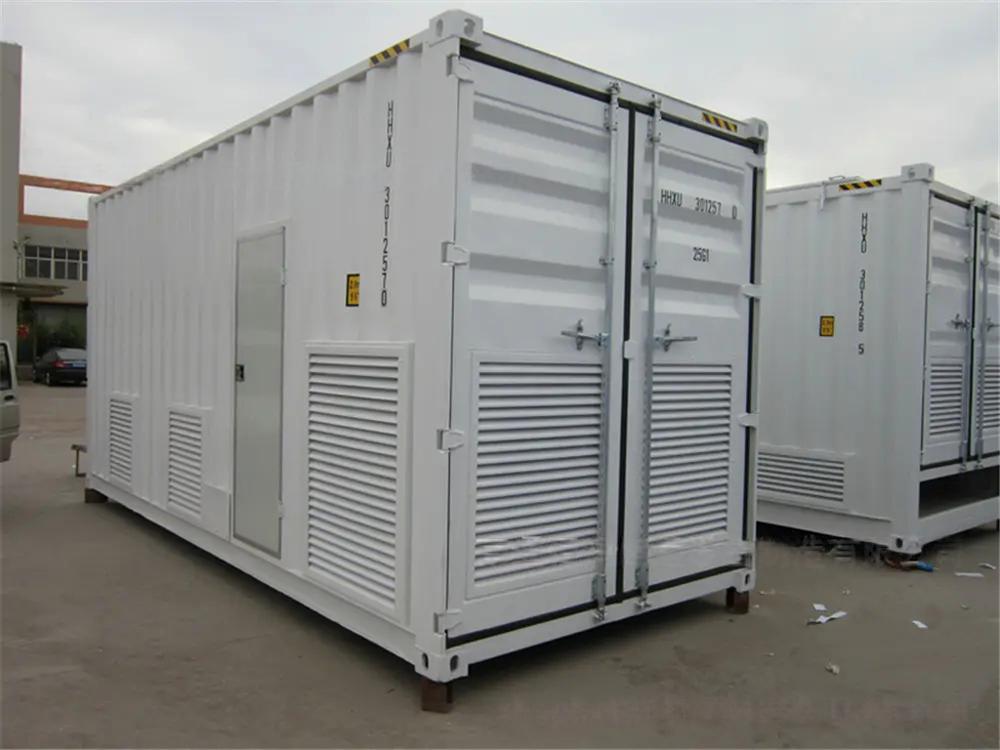
1 月 . 19, 2024 13:07 Back to list
ACDC talks energy storage,and educating customers on what to expect
Suhzhou ACDC is a Chinese-headquartered company .It focuses on high-quality,affordable energy storage systems for the utility,C&I and residential market segments.
How are you approaching the market?
Our preference is probably utility-scale first,because the bigger systems work in exactly the same way as the smaller systems,but the bigger the system the lower the price per kWh.So as we build our reputation,probably utility-scale,then commercial,then residential is the way that we would go.Also,residential is more difficult.For example,to sell one MW of solar or storage to a customer probably takes less time than selling a system to ‘Mrs.Jones’,so as a business model you need to have the right organisation.
For C&I systems,I think there are a lot of businesses who are paying a lot of for electricity and a lot of commercial applications where you can genuinely save them money.We also have a professional R&D team and mature project cases in large-scale BESS,which is our advantage.
What are the advantages of installing a battery storage system alongside solar?
It can provide a solution in terms of energy security,but nevertheless if you’ve got your battery system with a solar system you can actually manage your cost of electricity.Also,some of the electricity companies are offering different tariffs at different times of the day…so you could download [from the grid] at a particular time,fill your battery up from the grid and then use that electricity to charge your car or other items.

Having energy security is important,being able to manage and fix the cost of electricity that you’re paying,but also if you imagine: the grid has a maximum capacity,so if every new house suddenly has solar panels that can export to the grid,the grid is going to collapse.So you actually need batteries to help balance the grid,even if you consider each house to be a micro-system at peak times that storage facility will help balance the grid.
An example of this principle can be seen in the legislation around residential solar and storage systems in California,known as the Net Energy Metering (NEM) policy.The most recent iteration of the legislation incentivised residential batteries by cutting the repayments due to customers from exporting solar power they don’t use back to the grid,and instead rewarding the purchase of battery storage systems to reduce the draw on the grid at peak times.
What about financing a residential system?
Every house could have a battery system in it,and the price per kWh of storage systems now has become such that it is actually really affordable.
If you’re looking at £0.30-0.40 (US$0.36) per kWh,you could be looking at two to three years for a return on investment,whereas when we first started this you would’ve been struggling to look under 10 years.But the cost per kWh is dropping…market demands,over-production,it has been forcing the price down,and this actually benefits the consumer.But you need some sort of cheap financing to help make it happen,that could open the doors to make it truly affordable for everybody.Even if it’s one kWh of storage,if every house had a small battery it would relieve the pressure on the national grid.
Though battery systems seemingly might cost a lot of money now,in 10 years time your electricity rates are going to be far lower.
Our targets are very much built around our policy of affordable energy storage. ACDC’s passion is about making energy storage affordable for all,that really is what we want.
Another target is safety. ACDC only provides the highest quality energy storge solutions. We also use the best battery management systems (BMS) that help maintain and protect the safety of the battery [from things like] overheating. So safety has to be a key part of rolling this out into the future. But we’ve actually gone one step further and we’ve designed VOC (volatile organic compound) circuit breakers that work in conjunction with our batteries,helping to protect families’ homes from fire.”
note: VOC detection is part of off-gas detecting in battery systems,a safety protocol that pre-empts or prevents thermal runaway and overheating in a system and alerts users to the risk.
Should consumers co-locate with solar?
When we were first working with solar panels they were something like £1.50/watt peak,now you can but a solar panel for £0.20/watt peak. So,the more solar you put down,the lower the price per kWh of the system that you employ. We always say to people ‘put as much solar down as you can afford’,because it because it will make your total system price more affordable.
But,we think that solar and batteries need to be sold realistically,sold with the consumer in mind so that mis-selling is impossible. By that token,ACDC are happy to talk about education; we’ll tell you what the price is,we’ll tell you how long it will last,we’ll tell you that in 10 years’ time you might need to change your batteries. The only thing that’s likely to fail in the first 10 years is the inverter,so the people who buy the systems need to know that,just like you maintain your car,the inverter is a working piece of equipment and might need maintenance in the future.
And actually in 10 years’ time,the next system will probably last 15 years or so because the technology is getting better and better every year.
Looking into the future,definitely focus on education,not over-selling,concentrating on giving people the truth along with affordability.
Will be removed if infringing
Reference website:https://www.energy-storage.news
-
Unraveling the Power of EMS Energy Management Systems
NewsOct.23,2024
-
Unleashing the Potential of Power System Management and Smart Energy Solutions
NewsOct.23,2024
-
Smart Energy Mastery: Unleashing the Power of Controls
NewsOct.23,2024
-
Smart Energy Management: Unleashing the Power of Energy Management Systems and BMS Energy
NewsOct.23,2024
-
Powering Progress: ADMS, Intelligent Management & More
NewsOct.23,2024
-
Energizing the Future: Devices, Smart Management & Savings
NewsOct.23,2024


